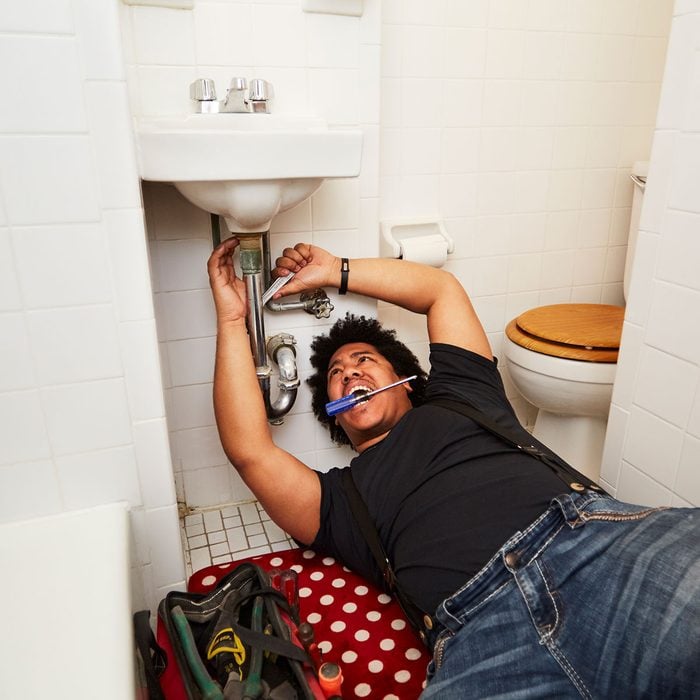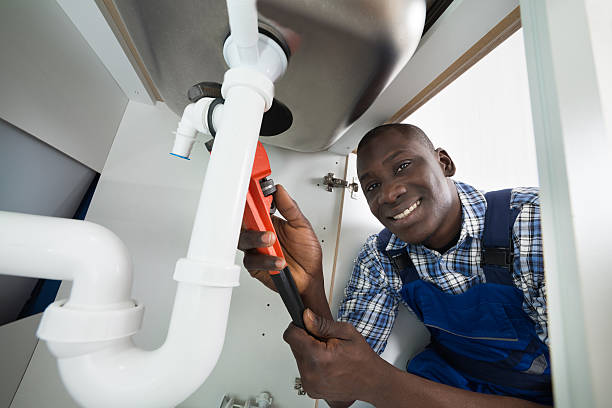Necessary Plumbing Alabaster AL Tips for Homeowners
Necessary Plumbing Alabaster AL Tips for Homeowners
Blog Article
A Detailed Overview to Efficient Water Heating Unit Setup for Ideal Efficiency
Beginning on the task of mounting a water heating unit is an endeavor that requires accuracy and a systematic method for accomplishing ideal efficiency. As you continue, the complexities of connecting water supply lines and setting up reputable electric or gas connections wait for, appealing insights into ensuring performance and dependability.
Selecting the Right Hot Water Heater

Following, consider the size and capability of the hot water heater. It's vital to evaluate your family's warm water needs, which can vary based on the number of passengers and their use patterns. A device that's also small may lead to insufficient hot water, while a large version might result in unnecessary energy intake.
Performance scores additionally play a pivotal duty in selection. Search for hot water heater with high Power Aspect (EF) scores, suggesting remarkable efficiency and minimized energy usage. Tankless designs, though usually a lot more costly in advance, deal significant power financial savings gradually because of their on-demand heating abilities.
Preparing the Setup Location
Prior to installing a brand-new water heater, thorough prep work of the installment area is essential. It's critical to determine the room thoroughly to suit the water heating unit's measurements, making certain ample clearance around the system for reliable operation and maintenance.
Following, remove any type of particles, dust, or blockages from the website to create a tidy setting. Check the floor for security, as the water heating system will need a strong, degree surface area to operate efficiently. If needed, mount a drip frying pan beneath the system to capture potential leaks or spills, avoiding water damage to the surrounding location. In areas vulnerable to seismic task, consider installing seismic straps to protect the heating unit strongly in position.
In addition, ensure that all necessary devices and products get on hand prior to starting the installment. This consists of things such as wrenches, screwdrivers, a degree, and any kind of added equipment needed for protecting the heating unit and installing. A well-prepared setup area sets the structure for an effective hot water heater arrangement, optimizing efficiency and safety and security.
Connecting Water System Lines
When connecting water supply lines to your newly mounted water heater, it is vital to guarantee that all connections are safe and secure and leak-free to maintain efficient operation and protect against water damages. Begin by determining the warm and cold water lines. The chilly water inlet is generally noted with a blue label or a "C", while the warm water outlet is noted with a red tag or an "H".
Usage go to this web-site adaptable water heater connectors to assist in a less complicated installation process. Before connecting the adapters, place a plumbing's tape around the threaded ends of the water heating unit's inlet and electrical outlet pipelines.
As soon as links are in place, gradually activate the major water supply valve. Examine each connection for leaks by visually inspecting and feeling for wetness. Tighten up links as needed, and make certain the stress alleviation shutoff is appropriately mounted, guarding versus too much stress accumulation.
Establishing Electrical or Gas Connections
Correctly setting up the electrical or gas connections for your hot water heater is a crucial step to ensure safe and reliable procedure. For electrical hot water heater, begin by verifying that the electrical circuit works with the heating system's voltage and amperage demands. Make sure the power supply is shut off at the circuit breaker to avoid crashes. Link the electrical wires to the heater adhering to the maker's electrical wiring diagram. Generally, this involves attaching the ground cable to the green terminal, and the continuing to be cords to their matching terminals, securing each with cord nuts.
For gas water heaters, safety and security is paramount. Link the gas line to the water heating system making use of an adaptable gas adapter, ensuring it is effectively threaded visit this website and sealed with pipeline joint substance or Teflon tape suitable for gas connections.
As soon as links are made, evaluate for any type of potential leaks. For gas lines, apply a soapy water option to the joints; bubbles show a leak. For electrical connections, verify that all circuitry is secure and correctly shielded, keeping conformity with local electrical codes.
Changing and checking for Performance
With the electric and gas links firmly in position, the next step is evaluating the operational performance of your hot water heater. Begin by carefully activating the supply of water and guaranteeing there are no leaks at any of the valves or joints. Once confirmed, continue to load the container, paying focus to the stress and temperature level setups. It is a good idea to set the thermostat to a suggested temperature of around 120 ° F(49 ° C) to balance power performance and convenience.
Next, carry out a complete assessment to guarantee the burner or gas heaters are working correctly. For electric heating systems, use a multimeter to verify if the components are attracting the ideal current. In gas versions, observe the heater flame; it needs to be stable and blue, indicating reliable burning.
Adjust the setups as required to remove ineffectiveness. Consider applying insulation steps, such as including a hot water heater blanket, to better improve performance by lessening warm loss. Additionally, examine my sources the anode rod's problem, as a scrubby rod can lower performance and result in container rust.
Verdict
Effective water heating unit setup is critical for guaranteeing ideal efficiency and power savings. Securely connecting water supply lines and very carefully establishing up electric or gas links lessen possible issues.

Correctly setting up the electric or gas connections for your water heater is an essential step to make sure effective and risk-free procedure. For electrical water heating systems, begin by validating that the electrical circuit is compatible with the heating system's voltage and amperage requirements. Link the gas line to the water heating unit utilizing a versatile gas connector, ensuring it is appropriately threaded and secured with pipeline joint compound or Teflon tape appropriate for gas connections.
Report this page